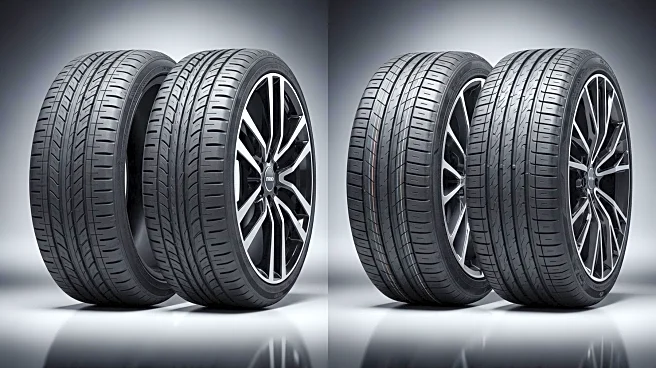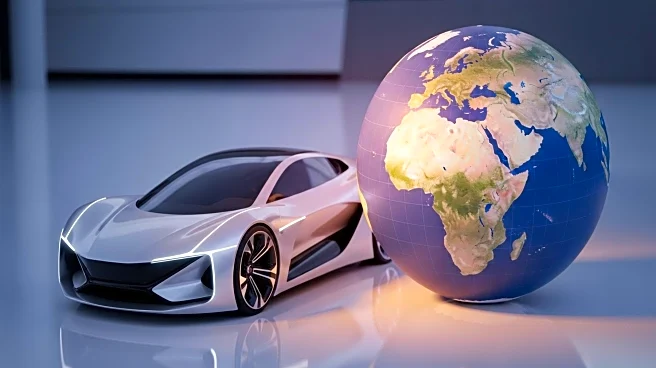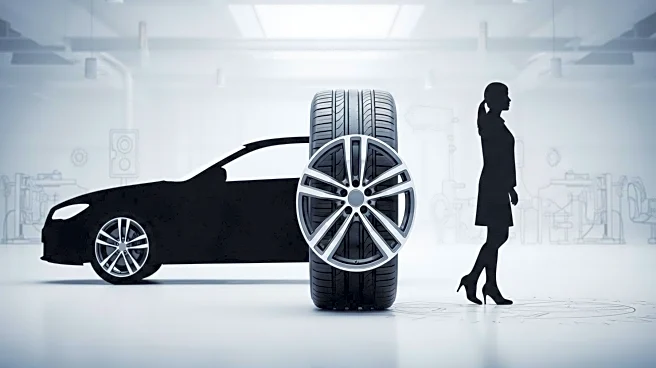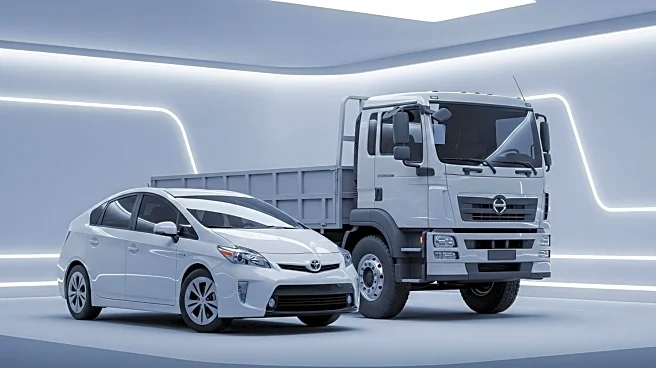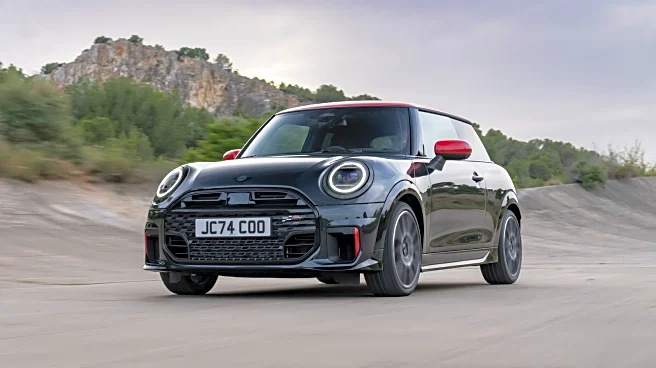What is the story about?
What's Happening?
Michelin has highlighted the differing priorities between automakers and consumers regarding tire performance. Automakers often prioritize low rolling resistance to enhance fuel efficiency and meet regulatory standards, while consumers focus on tread life and traction, particularly in wet and snowy conditions. This divergence is evident in the development of original equipment (OE) tires versus aftermarket replacement tires. Michelin's event at Road Atlanta showcased the complexities involved in balancing these competing demands, with engineers striving to minimize compromises in tire design.
Why It's Important?
The differing priorities between automakers and consumers in tire performance have significant implications for the automotive industry. Automakers' focus on efficiency can drive innovation in tire technology, potentially leading to advancements that benefit both parties. However, the need to balance these priorities can result in trade-offs that affect consumer satisfaction and vehicle performance. As electric vehicles become more prevalent, the emphasis on rolling resistance may increase, further influencing tire design and consumer choices.
Beyond the Headlines
The tension between automaker and consumer preferences in tire performance reflects broader challenges in the automotive industry, such as meeting environmental standards while satisfying consumer demands. This dynamic could lead to increased collaboration between tire manufacturers and automakers to develop solutions that address both efficiency and performance needs. Additionally, the rise of electric vehicles may shift consumer priorities, potentially aligning more closely with automakers' focus on efficiency.
AI Generated Content
Do you find this article useful?
